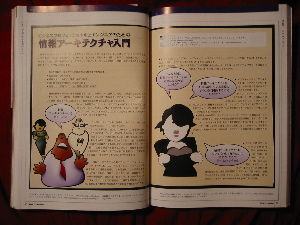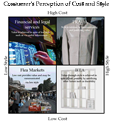The Whole Whole Product is essentially about customer experience: ‘The core focus has shifted from ³how good can we make our product?² to ³how happy can we make our customers?² Two very different questions, looking at the marketplace from two very different perspectives.’ But it’s from a marketing perspective, so you get different terminology: ‘A product is, to the potential buyer, a complex stream containing numerous clusters of value satisfactions.‘ The design and marketing fields may be on orthogonal paths, speaking about the same thing but rarely interacting. Some bridge material would be helpful.
Also, it’s interesting that Gerry McGovern is writing for the same publication.

